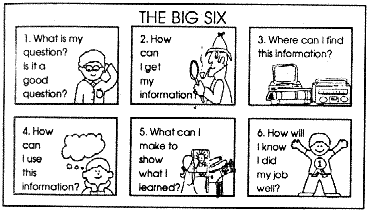Parents,
Today’s children visit their school libraries for a whole lot more than just checking out a great books to read. Students visit school libraries to learn to seek, evaluate, and use information in practical and tech savvy ways. Literacy, information literacy, digital literacy, technology literacy - these are all terms that refer to specific sets of skills students are required to master if they are expected to compete in our 21st Century world. Transliteracy is an umbrella term that encompasses these literacies. Transliteracy is the ability to read, write, and interact across a range of platforms, tools, and media (Newman, 2009). And in addition to finding a great books to read, it is the fundamental reason your children visit the school library each week.
Transliteracy is a term that was born out of a need to describe how communication has changed (Jaeger, 2011) Technology is evolving quickly and it is the school’s teacher librarian who will keep students, teachers, and staff up to date on the most relevant technological innovations in education today. In a world in which everything is becoming digital, students must be taught to use these devices and programs accurately and effectively. From searching for books in a web-based catalog program, to being able to navigate Google Drive and Docs, to being able to access information from an online database or from a YouTube video , students must learn the ins and outs of using these tools and resources.
Transliteracy is the ability to read, listen to, view, understand, synthesize, and apply what we gather across different platforms (Jaeger, 2011). Children become transliterate by doing. Over the years when your children come to the library each week, I will be guiding them through lessons that will allow them to become transliterate. By collaborating with classroom teachers around research and literature studies, we will first figure out what we want students to learn. Then we will figure out how technology can be used to reach this goal. This will allow your children to develop transliteracy skills in an organic process. Your child will leave elementary school having had many opportunities to demonstrate their understanding of science, history, and other subject matter in transliterate ways.
Work Cited
Jaeger, P. (2011). Transliteracy: New Library Lingo and What it Means for Instruction. Library Media Connection, 30(2), 44-47. Retrieved February 17, 2015, from Eric.
Newman, B. (2009). Libraries and Transliteracy. [Video File] Retrieved from http://youtu.be/sk4Cw8vrDuM

